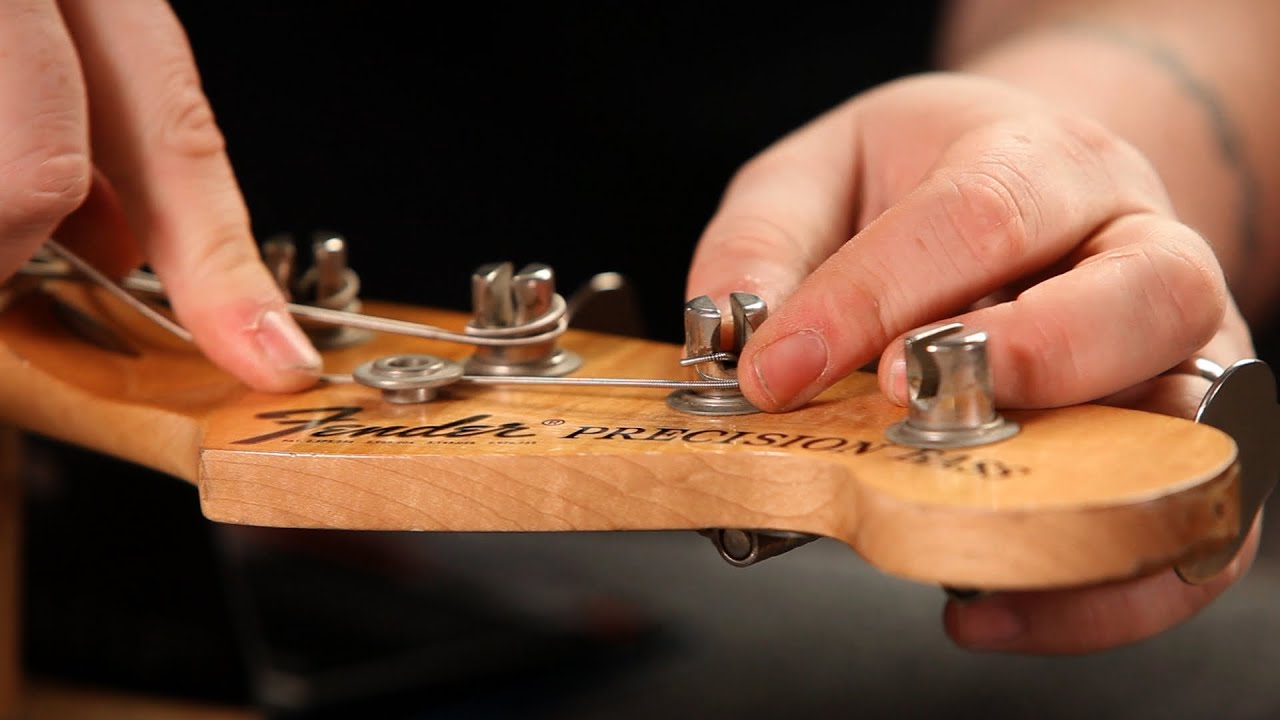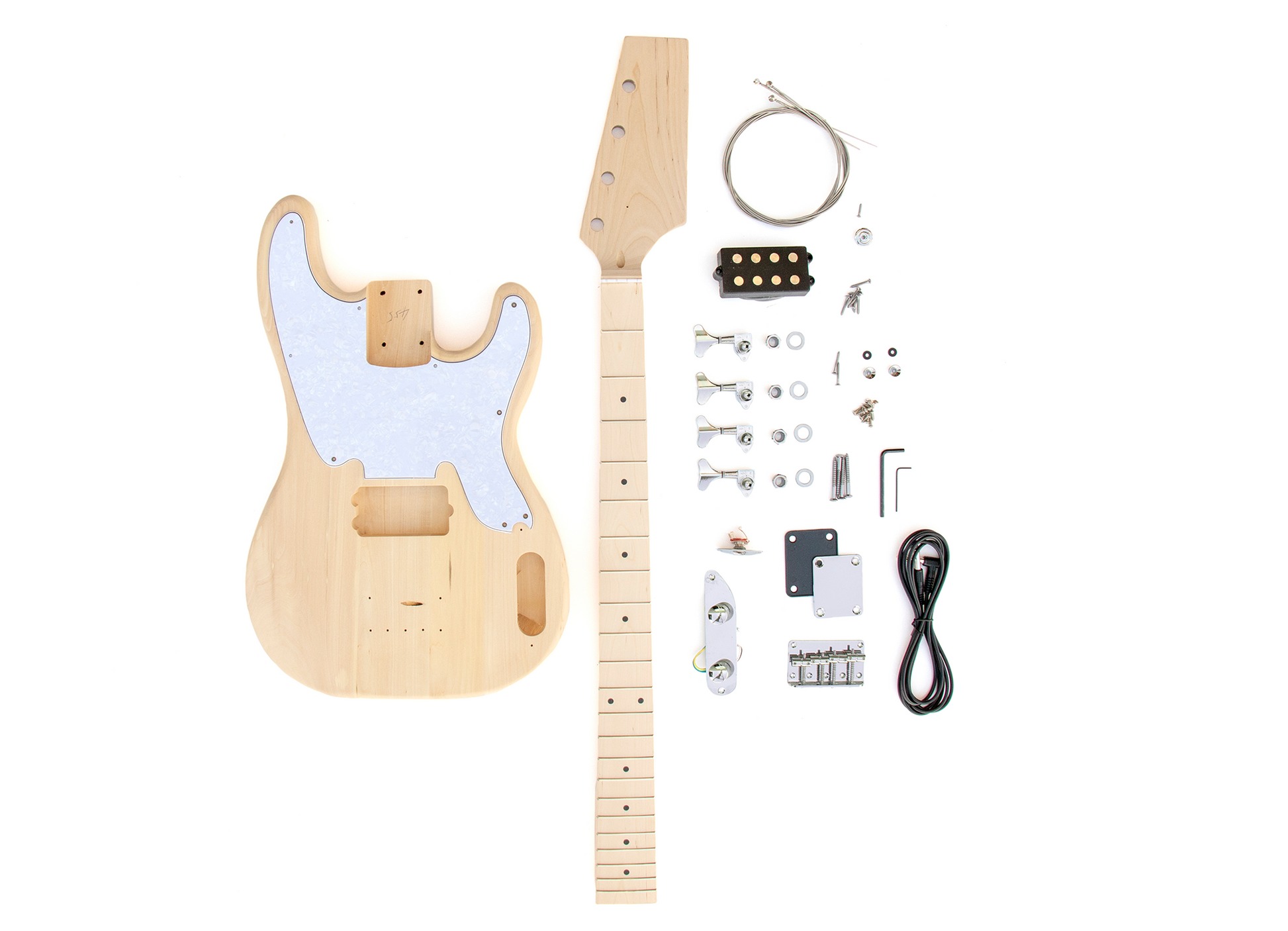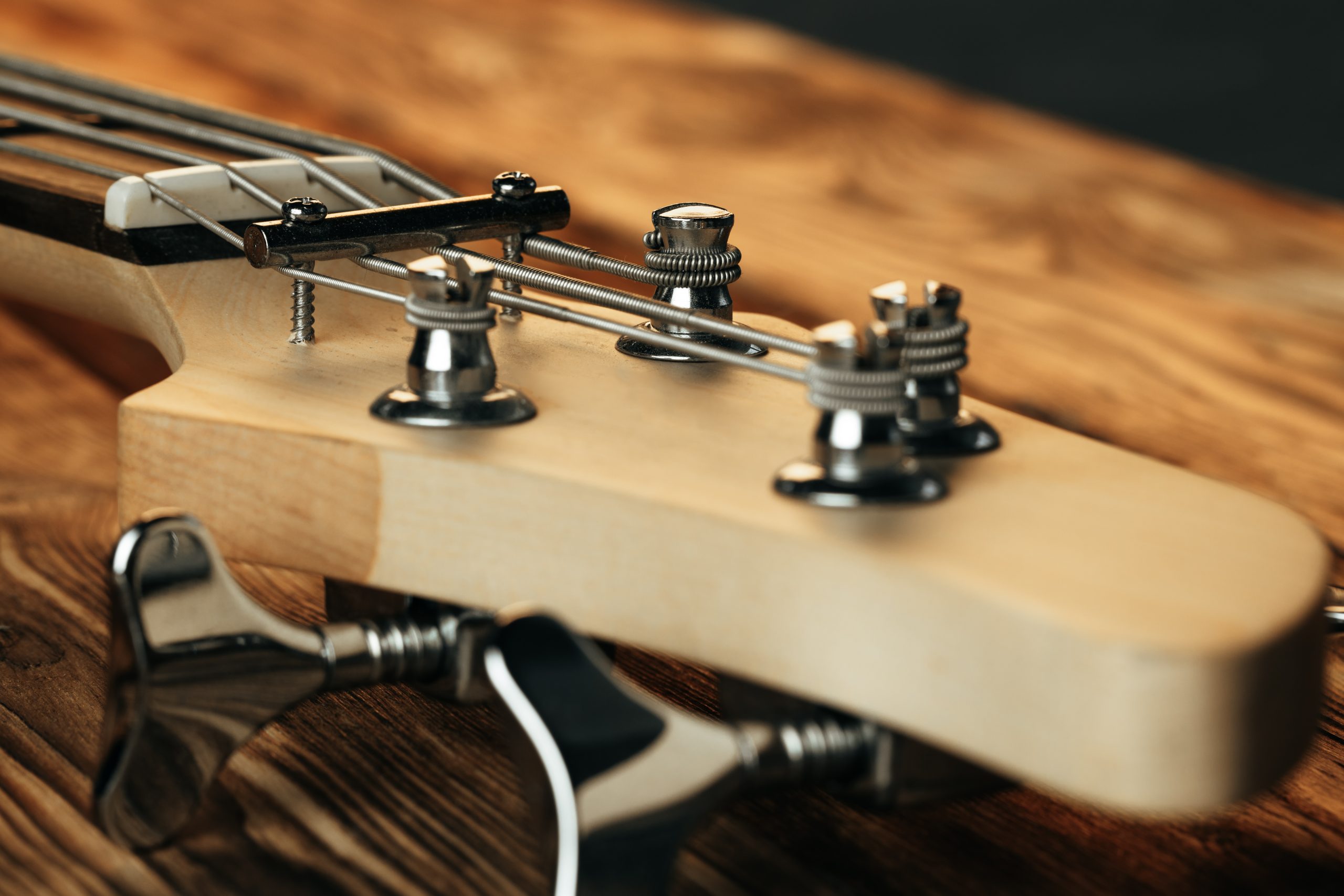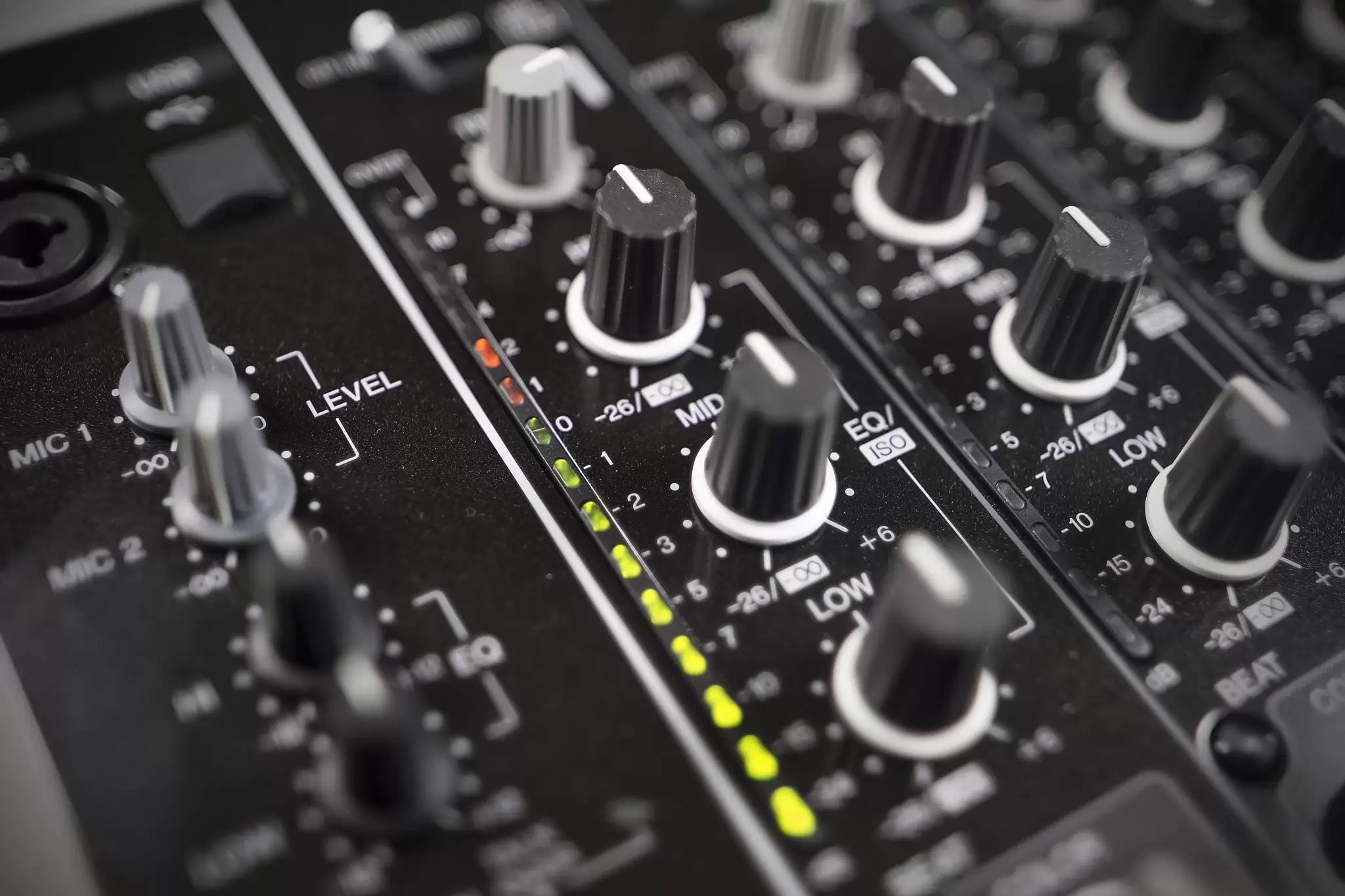Home>Instruments>Guitar>How To EQ A Bass Guitar
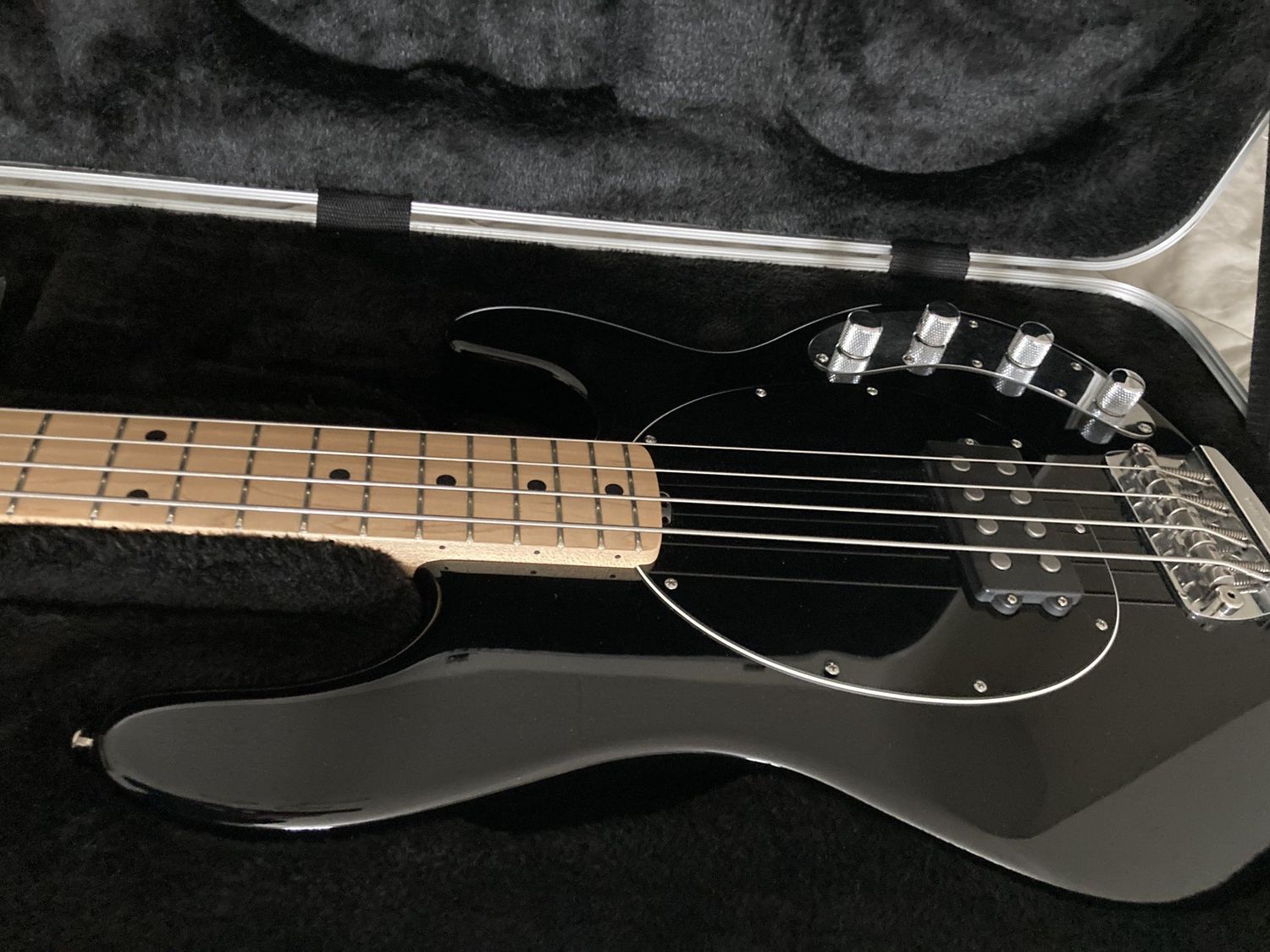

Guitar
How To EQ A Bass Guitar
Published: February 12, 2024
Learn how to properly EQ a bass guitar for a balanced and powerful sound. Get expert tips and techniques for guitar EQ settings.
(Many of the links in this article redirect to a specific reviewed product. Your purchase of these products through affiliate links helps to generate commission for AudioLover.com, at no extra cost. Learn more)
Table of Contents
Introduction
When it comes to playing the bass guitar, achieving the perfect tone can make all the difference in a musical performance. One of the most effective tools for shaping the sound of a bass guitar is the equalization (EQ) process. EQing a bass guitar involves adjusting the frequency response to enhance its sonic characteristics and ensure that it sits well within the overall mix of a song.
Understanding how to EQ a bass guitar is a valuable skill for any bassist or audio engineer. By manipulating the frequency spectrum of the instrument, it is possible to bring out its unique tonal qualities and address any sonic issues that may arise during recording or live performances.
In this comprehensive guide, we will delve into the art of EQing a bass guitar, exploring the nuances of the instrument's frequency spectrum, identifying problematic frequencies, and employing EQ techniques to shape its tone. Whether you are a seasoned bassist looking to refine your sound or an aspiring audio engineer eager to learn the intricacies of bass guitar EQ, this article will provide you with the knowledge and techniques needed to achieve exceptional bass tones.
Understanding the Frequency Spectrum of a Bass Guitar
Before diving into the process of EQing a bass guitar, it is essential to grasp the fundamental aspects of the instrument’s frequency spectrum. The bass guitar occupies the lower end of the sonic spectrum, typically ranging from approximately 41 Hz to 250 Hz for the fundamental frequencies. These low frequencies are responsible for providing the foundation and warmth of the music, anchoring the harmonic structure of a song.
Within the frequency spectrum of the bass guitar, various tonal characteristics can be identified. The low-end, often referred to as the “sub-bass” region (20 Hz to 60 Hz), contributes to the rumbling and visceral quality of the instrument, adding a sense of depth and power to the overall sound. Moving up the spectrum, the “low bass” frequencies (60 Hz to 150 Hz) impart a sense of fullness and body to the tone, shaping the fundamental notes of the instrument. As we reach the “mid-bass” frequencies (150 Hz to 250 Hz), the articulation and punch of the bass guitar become more pronounced, providing clarity and definition to the notes.
Understanding the unique characteristics of each frequency range is crucial for effectively shaping the tone of a bass guitar through EQ. By honing in on specific frequency bands, it becomes possible to emphasize or attenuate certain sonic elements, thereby sculpting a more refined and balanced bass sound. Moreover, recognizing the interplay between the bass guitar’s frequency spectrum and other instruments in the mix is essential for achieving a cohesive and impactful sonic blend.
As we proceed, we will explore how to leverage this understanding of the bass guitar’s frequency spectrum to address common sonic issues and optimize its tonal qualities through strategic EQ adjustments.
Identifying Problem Frequencies
When EQing a bass guitar, it is imperative to identify and address potential problem frequencies that may detract from the instrument’s clarity and impact within a mix. Common issues in the bass guitar’s frequency spectrum can manifest as muddiness, lack of definition, or clashing with other instruments.
One prevalent problem area lies in the lower frequencies, particularly the sub-bass and low bass ranges. Excessive energy in the sub-bass region, often below 40 Hz, can lead to muddiness and consume valuable headroom in the mix. Conversely, a lack of presence in the low bass frequencies (60 Hz to 150 Hz) can result in a thin and underwhelming bass tone, diminishing the instrument’s impact.
Furthermore, the mid-bass frequencies (150 Hz to 250 Hz) can pose challenges related to muddiness and masking of other instruments, especially in dense musical arrangements. Without proper attention to these mid-bass frequencies, the bass guitar’s articulation and punch may be compromised, impacting its overall clarity and definition.
Another critical consideration is the potential for frequency conflicts with other instruments, particularly the kick drum and lower-register instruments such as keyboards or synths. Overlapping frequencies between the bass guitar and these elements can lead to sonic clutter and a lack of separation in the mix, diminishing the overall impact of each instrument.
By honing in on these problem frequencies and understanding their impact on the bass guitar’s sonic characteristics, we can strategically apply EQ adjustments to mitigate these issues and enhance the instrument’s presence and clarity within the mix. In the following sections, we will explore effective EQ techniques to address these problem frequencies and optimize the tonal qualities of the bass guitar.
Using EQ to Shape the Tone of a Bass Guitar
Employing EQ to shape the tone of a bass guitar involves strategic manipulation of its frequency spectrum to enhance its sonic characteristics and address any problem frequencies. By leveraging the capabilities of an equalizer, whether in the form of hardware or software, bassists and audio engineers can craft a well-defined and impactful bass sound that seamlessly integrates into a mix.
One fundamental approach to EQing a bass guitar involves carving out space for its fundamental frequencies while addressing potential sonic issues. This often entails attenuating or shaping specific frequency bands to achieve a more balanced and articulate bass tone. For instance, addressing excessive low-end energy in the sub-bass region can involve applying a high-pass filter to remove infrasonic frequencies that contribute to muddiness without significantly impacting the perceived bass presence.
Furthermore, enhancing the low bass frequencies (60 Hz to 150 Hz) can be achieved through gentle boosts to add warmth and fullness to the bass guitar’s fundamental notes, bolstering its foundation within the mix. Careful attention to the mid-bass frequencies (150 Hz to 250 Hz) allows for sculpting the instrument’s articulation and punch, ensuring that it cuts through the mix without overwhelming other elements.
Another crucial aspect of using EQ to shape the tone of a bass guitar involves creating separation and clarity within the mix. This can be accomplished by identifying and addressing frequency conflicts with other instruments, such as the kick drum. By judiciously attenuating overlapping frequencies between the bass guitar and the kick drum, a more defined and cohesive low-end presence can be achieved, allowing both instruments to complement each other without competing for sonic space.
Moreover, utilizing EQ to accentuate the unique tonal characteristics of the bass guitar, such as fret buzz or string resonance, can add depth and character to the instrument’s sound, contributing to a more expressive and dynamic bass performance.
Throughout the EQ process, it is essential to maintain a balanced and nuanced approach, avoiding excessive boosts or cuts that may compromise the natural tonal qualities of the bass guitar. By judiciously applying EQ adjustments, bassists and audio engineers can unlock the instrument’s full sonic potential and ensure that it serves as a compelling and cohesive foundation within the overall musical arrangement.
Tips for EQing a Bass Guitar
When embarking on the journey of EQing a bass guitar, several tips and best practices can significantly enhance the process, leading to a more refined and impactful bass tone. By incorporating these strategies, bassists and audio engineers can navigate the complexities of bass guitar EQ with confidence and precision.
- Utilize High-Quality Monitoring: Ensuring that the monitoring system, whether studio monitors or headphones, accurately reproduces the low frequencies is crucial. A reliable monitoring environment allows for precise assessment of the bass guitar’s tonal characteristics and the impact of EQ adjustments.
- Start with Subtractive EQ: Begin the EQ process by identifying and attenuating problem frequencies before applying any boosts. This approach helps eliminate sonic issues and creates a cleaner sonic canvas for subsequent tonal shaping.
- Embrace Gentle Slopes: When applying EQ adjustments, employing gentle slope settings for filters and boosts helps maintain a natural and transparent sound. Overly steep filter slopes can introduce phase issues and unnatural tonal artifacts.
- Consider Musical Context: Understanding the genre and musical context in which the bass guitar will be employed is crucial. Different musical styles may necessitate distinct EQ approaches, from the thunderous low end of rock and metal to the articulate and defined bass presence in funk and R&B.
- Experiment with Midrange Emphasis: While the low frequencies are foundational, the midrange frequencies (200 Hz to 2 kHz) play a vital role in defining the character and articulation of the bass guitar. Experimenting with subtle midrange boosts can enhance the instrument’s presence and clarity without overpowering the mix.
- Monitor in Context: Listening to the bass guitar within the context of the entire mix is essential. This allows for adjustments that ensure the instrument interacts harmoniously with other elements, contributing to a cohesive and balanced sonic landscape.
- Emphasize Harmonic Enrichment: Utilize harmonic exciter or saturation plugins to enrich the harmonic content of the bass guitar, adding warmth and depth without relying solely on EQ adjustments. This approach can enhance the instrument’s timbre and musicality.
- Engage in A/B Testing: Comparing the EQ’d bass sound to the unprocessed signal through A/B testing provides valuable insights into the effectiveness of the applied adjustments. This method facilitates informed decision-making and ensures that the EQ enhancements align with the desired sonic goals.
By integrating these tips into the EQ process, bassists and audio engineers can navigate the intricacies of shaping the bass guitar’s tone with precision and artistry, ultimately yielding a compelling and impactful sonic presence within any musical production.
Conclusion
Mastering the art of EQing a bass guitar is a transformative journey that empowers bassists and audio engineers to unlock the instrument’s full sonic potential. By delving into the nuances of the bass guitar’s frequency spectrum, identifying and addressing problem frequencies, and employing strategic EQ techniques, a rich and impactful bass tone can be sculpted to complement any musical production.
Understanding the foundational role of the bass guitar in anchoring the harmonic structure and providing depth to the music underscores the significance of honing its sonic characteristics through EQ. From the rumbling sub-bass frequencies to the articulate midrange punch, each aspect of the bass guitar’s tonal palette can be sculpted and refined to elevate its presence within a mix.
Moreover, the process of EQing a bass guitar transcends technical adjustments, encompassing an artistic endeavor to enhance the instrument’s expressiveness and dynamism. By embracing the tips and best practices outlined in this guide, bassists and audio engineers can navigate the complexities of bass guitar EQ with creativity and precision, ultimately shaping a compelling and cohesive sonic landscape.
As the low-end foundation of a musical composition, the bass guitar holds the power to drive the rhythm, evoke emotion, and underpin the melodic tapestry of a song. Through the artful application of EQ, the inherent character and resonance of the bass guitar can be accentuated, ensuring that it stands as a captivating and integral force within the sonic tapestry of any musical production.
Whether in the realm of studio recording, live performance, or musical production, the ability to EQ a bass guitar with finesse and artistry is a skill that elevates the sonic impact and emotional resonance of the music. As bassists and audio engineers embark on this sonic odyssey, the art of EQing a bass guitar becomes a testament to the transformative power of sound and the enduring legacy of the instrument’s profound presence in the musical landscape.

